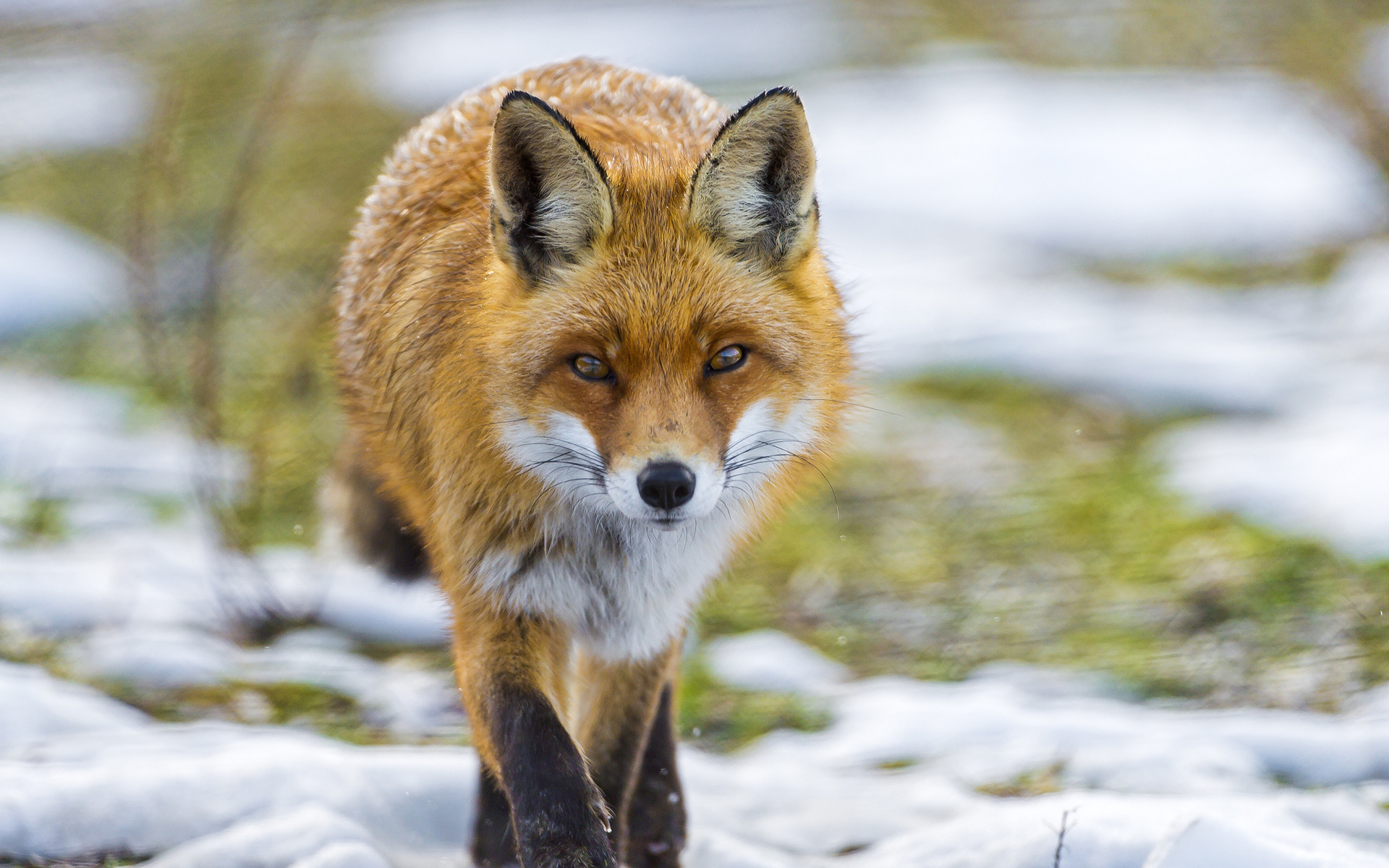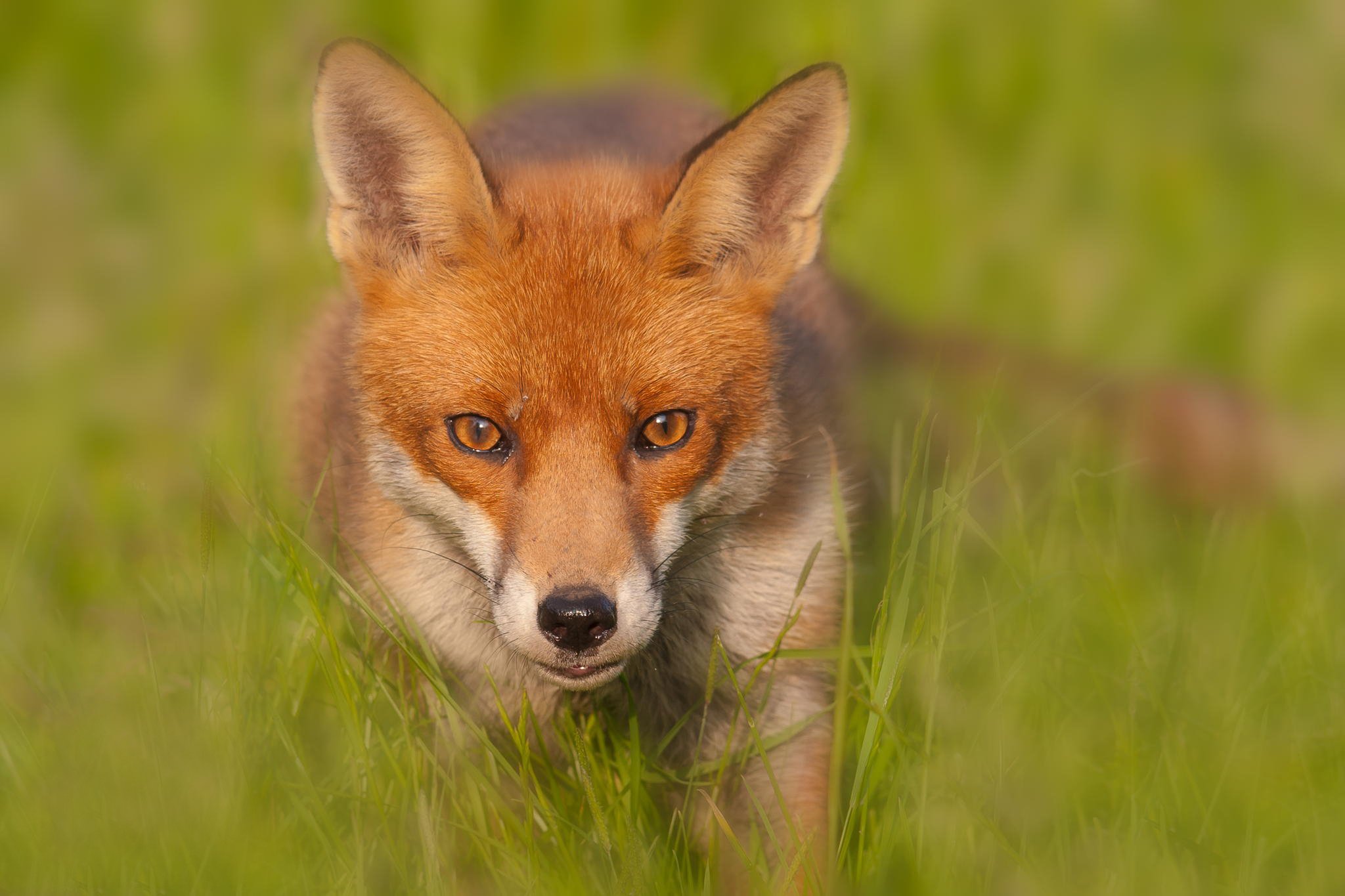
Introduction to Foxes Foxes belong to the Canidae family, which includes wolves, dogs, and other similar species. Their scientific name, Vulpes, encompasses various species distributed across different continents.
Physical Characteristics One striking feature of foxes is their bushy tail, often referred to as a brush or a sweep. This tail aids in balance, communication, and even warmth during cold weather.
Species Diversity The fox family encompasses a variety of species, including the iconic red fox, the Arctic fox, the swift fox, and the gray fox, each adapted to specific environments.
Habitat Foxes inhabit diverse ecosystems, ranging from forests and grasslands to urban areas. Their adaptability allows them to thrive in both natural and human-altered landscapes.
Diet Foxes are omnivores, feeding on a wide array of prey such as rodents, birds, insects, and fruits. Their opportunistic nature enables them to adjust their diet according to seasonal availability.
Hunting Techniques Foxes employ various hunting strategies, including stalking, pouncing, and digging. Their acute senses of hearing and smell aid them in locating prey, while their agility allows for swift movements.

Social Structure While some fox species are solitary, others exhibit complex social structures. Red foxes, for example, form family units known as “vixen” with offspring from different generations assisting in raising young kits.
Reproduction Foxes typically breed in the winter months, with gestation lasting around 50 days. The female, or vixen, gives birth to a litter of pups in an underground den, providing care and protection until they are old enough to fend for themselves.
Communication Foxes communicate through a variety of vocalizations, including barks, yips, and screams. They also use body language and scent marking to convey messages within their social groups.
Cultural Significance Foxes hold symbolic significance in various cultures worldwide. In Japanese folklore, the kitsune is a mythical fox spirit associated with intelligence and shape-shifting abilities.
Conservation Status While some fox species are abundant, others face threats such as habitat loss, persecution, and disease. Conservation efforts aim to protect fox populations and their habitats to ensure their long-term survival.
:strip_icc()/153815436-56a2bcfb5f9b58b7d0cdf8ff.jpg)
Red Fox: A Closer Look The red fox (Vulpes vulpes) is perhaps the most well-known and widespread fox species, found throughout Europe, Asia, and North America.
Physical Appearance Red foxes exhibit a range of coat colors, from rusty red to silver-gray, with white markings on the face, throat, and underbelly. This variation allows them to blend seamlessly into their surroundings.
Behavior Red foxes are highly adaptable and can thrive in diverse environments, from rural farmland to urban parks. They are primarily nocturnal but may also be active during the day, especially in areas with less human disturbance.
Diet and Hunting Red foxes are opportunistic predators, preying on small mammals, birds, insects, and occasionally scavenging for carrion. They employ various hunting techniques, including stalking, chasing, and ambushing.
Family Life Red foxes typically mate for life, forming monogamous pairs that share parental duties. The vixen gives birth to a litter of pups once a year, with both parents providing care and protection until the young are independent.
Gray Fox: The Tree Climber The gray fox (Urocyon cinereoargenteus) is unique among fox species for its ability to climb trees—a trait not commonly seen in other canids.
Physical Adaptations Gray foxes have retractable claws and strong limbs, allowing them to scale trees with ease. This arboreal behavior provides them with refuge from predators and access to food sources such as birds and fruits.

Behavior and Habitat Gray foxes prefer wooded habitats with dense vegetation, where they can utilize their climbing skills effectively. They are primarily nocturnal but may also be active during the day, especially in areas with abundant prey.
Diet and Hunting Gray foxes have a diverse diet, consisting of small mammals, birds, insects, fruits, and plants. Their climbing ability gives them access to arboreal prey, expanding their hunting opportunities.
Arctic Fox: The Master of the Tundra The Arctic fox (Vulpes lagopus) is superbly adapted to survive in the harsh conditions of the Arctic tundra, where temperatures can plummet well below freezing.
Physical Adaptations Arctic foxes have thick, insulating fur that changes color with the seasons, providing camouflage against the snowy landscape. During winter, their fur turns white to blend in with the snow, while in summer, it changes to a brown or grayish hue.
Behavior and Habitat Arctic foxes inhabit Arctic and alpine regions across the Northern Hemisphere, including Greenland, Canada, Russia, and Scandinavia. They construct dens in snowdrifts or rocky outcrops for shelter and raising their young.
Diet and Hunting Arctic foxes are opportunistic predators, feeding on small mammals, birds, eggs, and carrion. They are also known to scavenge food from polar bear kills, displaying remarkable adaptability in their harsh environment.
Swift Fox: The Speedster of the Prairie The swift fox (Vulpes velox) is a small fox species native to the grasslands and prairies of North America.
Physical Appearance Swift foxes have a sandy-colored coat with whitish fur on the underparts and a black-tipped tail. They are the smallest fox species in North America, measuring about half the size of a typical red fox.
Behavior and Habitat Swift foxes are highly adapted to open grasslands, where they can utilize their speed and agility to hunt prey and evade predators. They are primarily nocturnal but may also be active during the day, especially in cooler weather.
Diet and Hunting Swift foxes feed on a variety of prey, including rodents, rabbits, birds, and insects. Their hunting strategy often involves stalking and pouncing on unsuspecting prey, utilizing their keen senses and swift reflexes.

Urban Foxes: Adapting to City Life In recent years, foxes have increasingly adapted to urban environments, where they can find food and shelter in abundance.
Behavior Urban foxes exhibit similar behaviors to their rural counterparts, including hunting, scavenging, and denning. They have become adept at navigating human-dominated landscapes, often utilizing green spaces and abandoned structures for shelter.
Diet Urban foxes have a varied diet, consisting of scavenged food from trash bins, gardens, and even pet food left outdoors. Their opportunistic nature allows them to exploit available resources in urban areas.
Human-Wildlife Conflict While some people welcome the presence
